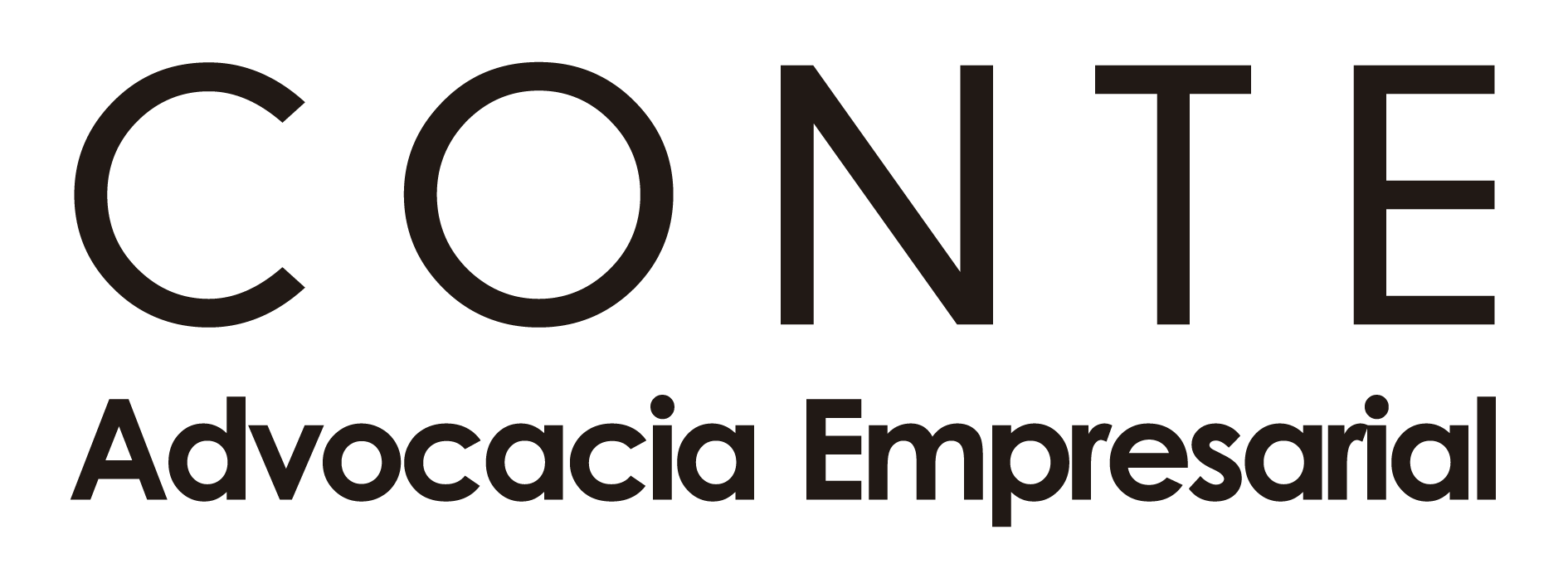spinanga.application
Discover Spinanga App – Your Ultimate Tool for Streamlined Productivity
Table of Contents
- Discover Spinanga App – Your Ultimate Tool for Streamlined Productivity
- Maximizing Task Management with Spinanga
- How to Organize Your Daily To-Do Lists for Better Focus
- Utilizing Tags and Categories for Enhanced Clarity
- Integrating Spinanga into Your Workflow
- Best Practices for Syncing with Your Calendar
Discover Spinanga App – Your Ultimate Tool for Streamlined Productivity
In today’s fast-paced world, achieving high levels of efficiency is essential for success in both personal and professional endeavors. A new application has emerged that Spinanga promises to redefine how individuals manage their tasks and collaborate with others. By integrating advanced features, it streamlines workflows and minimizes friction in daily operations.
Incorporating robust functionalities, this platform allows users to prioritize their responsibilities, set deadlines, and track progress with ease. Equipped with customizable dashboards, it provides vital insights at a glance, enabling users to make informed decisions quickly. Moreover, its intuitive interface reduces the learning curve, making it accessible even to those who are not tech-savvy.
Emphasizing connectivity, the software aids in seamless collaboration among team members. With real-time updates and shared calendars, everyone stays on the same page, facilitating effective communication and reducing the chances of misunderstandings. Additionally, the integration with popular tools enhances overall workflow by centralizing necessary resources in one place.
With the ability to analyze productivity metrics, this innovative software empowers users to identify bottlenecks and optimize their routines. Whether managing personal projects or coordinating within a multi-faceted team, unlocking hidden potential has never been more attainable. Experience a new era of efficiency by embracing this cutting-edge solution tailored to elevate your efforts.
Maximizing Task Management with Spinanga
Efficient management of responsibilities is crucial in any professional setting. Leveraging innovative features in this dynamic platform enhances workflow and clarity.
- Task Prioritization: Utilize an integrated priority matrix. Categorize tasks by importance and urgency to ensure focus on what drives results.
- Deadline Setting: Implement strict deadlines using automated reminders. Set alerts to keep track of upcoming due dates, preventing last-minute rushes.
- Collaborative Features: Engage team members with shared projects. Assign responsibilities clearly and allow real-time updates to streamline communication.
- Time Blocking: Use the calendar function to designate specific time slots for diverse activities. This technique minimizes distractions and optimizes concentration.
- Progress Tracking: Monitor ongoing tasks through visual progress indicators. Assessing completion status helps adjust plans as needed, ensuring goals are met.
- Customizable Templates: Take advantage of pre-designed templates for recurring projects. This speeds up the setup process and maintains consistency across tasks.
Focusing on these strategies can significantly enhance task efficiency and ensure that objectives are consistently achieved. Tailoring features to suit personal and team dynamics fosters an environment of accountability and effectiveness.
How to Organize Your Daily To-Do Lists for Better Focus
Start by breaking down your tasks into manageable segments. Utilize categories based on urgency and importance. A common technique is the Eisenhower Matrix, which classifies tasks into four quadrants: urgent and important, important but not urgent, urgent but not important, and neither. This enables prioritization and clarifies which activities deserve immediate attention.
Set specific and actionable goals for each item on your list. Instead of vague statements like “Prepare report,” specify “Draft section 1 of the report by 10 AM.” This transforms abstract tasks into clear actions, enhancing commitment and motivation.
Consider time-blocking as a method to allocate dedicated periods for each task. Assign realistic durations for completing items on your list and incorporate short breaks to maintain energy levels. Segmented working hours foster concentration and reduce the likelihood of burnout.
Daily reviews are key. At the beginning or end of each day, assess completed tasks and adjust the upcoming list accordingly. Recognizing achievements boosts morale, while adjustments ensure that priorities always align with current goals.
Limit the number of tasks on your list to avoid overwhelm. Aim for a maximum of five primary objectives each day. This encourages focus on high-impact activities and minimizes distractions from less critical items.
Utilize digital or analog systems for tracking your progress. Experiment with various formats, such as bullet journals or task management software. Find a system that resonates with you and encourages consistent engagement.
Incorporate flexibility by allowing room for unexpected tasks that may arise during the day. Stay adaptable; adjust your list as needed without compromising essential responsibilities. This approach minimizes frustration and enhances overall effectiveness.
Lastly, always conclude your day by reflecting on what worked and what didn’t. This continuous learning process sharpens your organizational skills over time, leading to more effective planning and focus in the future.
Utilizing Tags and Categories for Enhanced Clarity
Efficient organization of tasks and information can significantly boost the efficiency of daily operations. Implementing a systematic approach using tags and categories allows users to maintain clarity and focus. These features enable quick filtering of items based on specific themes or characteristics.
Tags serve as flexible identifiers, allowing users to assign multiple relevant labels to individual entries. For instance, a task related to marketing can be tagged with “urgent,” “client A,” and “presentation.” This flexibility helps in easily retrieving tasks later when searching for specific combinations of tags.
Categories, on the other hand, provide a broader structure, grouping related items into meaningful sections. Creating well-defined categories allows individuals to navigate through their workload intuitively. For example, dividing tasks into categories like “Work,” “Personal,” and “Learning” can streamline decision-making when prioritizing daily activities.
A practical approach is to use both tags and categories in tandem. Start by establishing a limited set of categories to avoid clutter, such as “Projects,” “Meetings,” and “Research.” Next, develop a tagging system that supports these categories. This dual-layered system enhances visibility and accessibility, guiding users to their tasks swiftly.
Regularly reviewing and refining tags and categories is essential. As projects evolve, new tags may be required while others may become obsolete. Keeping this system updated not only sustains clarity but also promotes a productive environment.
Lastly, consider standardizing tags across teams to ensure everyone is aligned. Consistency in tagging practices fosters collaboration by making it easier for team members to understand each other’s workflows, ultimately driving collective efficacy.
Integrating Spinanga into Your Workflow
To effectively merge this innovative platform into daily operations, start by identifying key processes that require optimization. Map out current tasks and pinpoint areas where efficiency can be enhanced. Utilizing frameworks like the Eisenhower Matrix can help prioritize which activities will benefit most from automation and organization.
Next, conduct a trial of features that align with your objectives. Emphasize time management and project tracking capabilities. Implement sections that allow for task categorization and deadline assignments to visualize progress clearly. Customization options are essential for tailoring the interface to reflect individual preferences and team dynamics.
Encourage team collaboration through shared projects and real-time updates. This fosters accountability and ensures everyone is informed on project statuses. Consider utilizing communication integrations that can merge messaging platforms, keeping discussions centralized and avoiding information silos.
Leverage analytics tools within the system to assess performance metrics. Regularly review these insights to adjust strategies and streamline workloads. Setting milestones can help maintain focus on long-term goals while celebrating short-term achievements to boost morale.
Finally, ensure adequate training for all users. Comprehensive onboarding prevents potential friction and maximizes the platform’s capabilities. By fostering an adaptable mindset around the use of this innovative solution, you will pave the way for enhanced operational flow and overall success.
Best Practices for Syncing with Your Calendar
Maintaining an organized schedule is crucial for efficiency. Here are effective strategies to ensure seamless integration with your calendar.
1. Choose Compatible Platforms: Select a calendar solution that easily connects with other software you rely on, such as task managers and communication tools. This minimizes manual entry and reduces errors.
2. Set Up Two-Way Sync: Enable two-way synchronization to ensure changes in either calendar reflect immediately in the other. This keeps all schedules aligned, preventing conflicts and missed appointments.
3. Schedule Regular Updates: Assign specific times for syncing your calendar. Regularly update ensures consistency and helps you stay on track, accommodating any last-minute changes efficiently.
4. Utilize Color Coding: Implement color coding to distinguish between different types of events, such as meetings, deadlines, and personal commitments. This visual differentiation aids in quickly assessing your daily agenda.
5. Prioritize Notifications: Set tailored reminders for critical tasks or events. Adjust settings to differentiate between types of notifications, ensuring you receive alerts when they matter most.
6. Integrate Task Lists: Use a task list integrated with your calendar to visualize not only appointments but also the steps needed to achieve your goals. This holistic approach enhances planning and execution.
7. Regular Maintenance: Periodically review and clean up your calendar to remove outdated entries and duplicates. A clutter-free space helps maintain focus on current priorities.
8. Share Selectively: Share specific calendar views with colleagues or family members. This transparency fosters collaboration while protecting your personal agenda from unnecessary visibility.
9. Embrace Mobile Access: Ensure your calendar is accessible from mobile devices. This allows for real-time updates and adjustments on the go, keeping you agile and responsive to changes.
10. Leverage Recurring Events: For regular commitments, utilize the recurring event feature to save time on entry. This ensures that you do not overlook repeated obligations throughout your schedule.
Implementing these strategies will enhance your calendar management. By employing these practices, you can create a more efficient system that supports your daily activities and long-term objectives.

